How Many Types Of Lathes Are There?
The lathe is the master machine of all equipment, as is the case for plastic mold factories, so the understanding and…
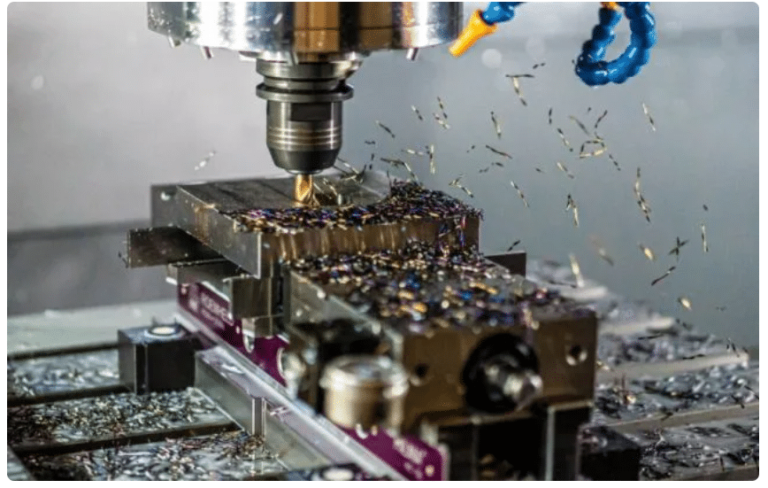
The lathe is the master machine of all equipment, as is the case for plastic mold factories, so the understanding and…

What is an intelligent mold? The word “intelligence” is a topic that everyone has been concerned about and curious about. There…

What should be paid attention to when selecting the mold surface in mold design? Mold parting surface Mold terminology. Generally…

Most of the materials used for mold accessories are mold steel materials with high hardness, which requires mold accessories processing equipment…

Die failure is the most common problem in stamping production, which often causes production stoppage and affects the production cycle. Therefore,…

Because the hot runner mold has high requirements for plastics, the hot runner must be selected according to the specific plastics…

Flap edge, also known as flash, overflow, overflow, etc., mostly occurs in the opening and closing position of the mold, such…

Factors affecting the precision of parts produced by injection mold: 1) Molding materials: plastic shrinkage, fluidity, moisture, volatile content, raw material…
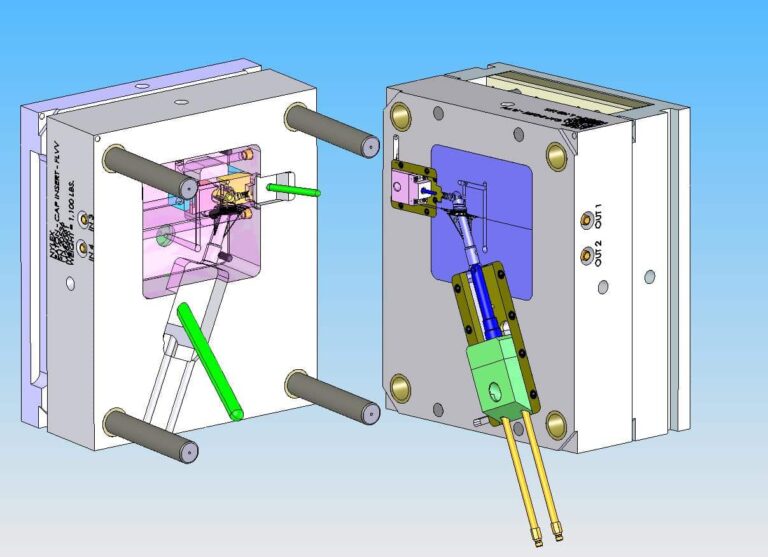
Main runner: 1. Definitions: The main runner refers to the section from the contact part of the injector nozzle and the…

Two color injection molding: refers to the molding method of injecting two kinds of plastics with different colors into the same…
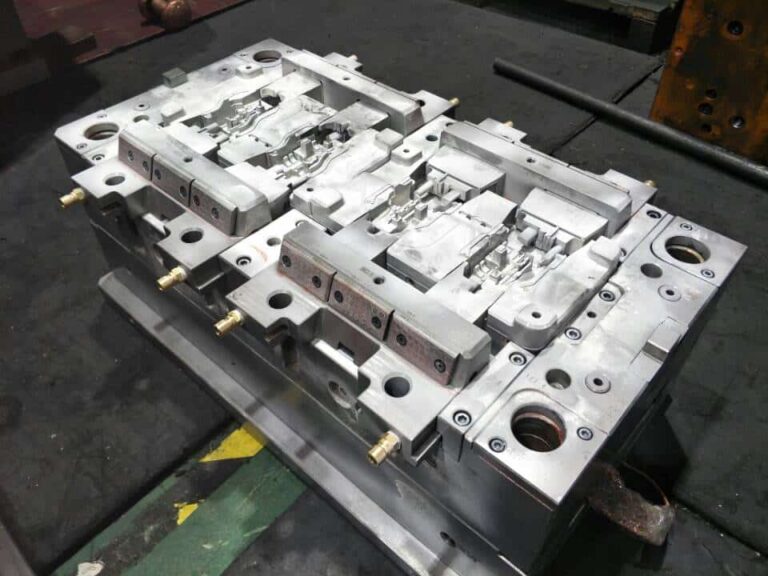
Difference between two-color mold and rubber coated mold A. Two color mold: a mold in which two plastic materials are injected…
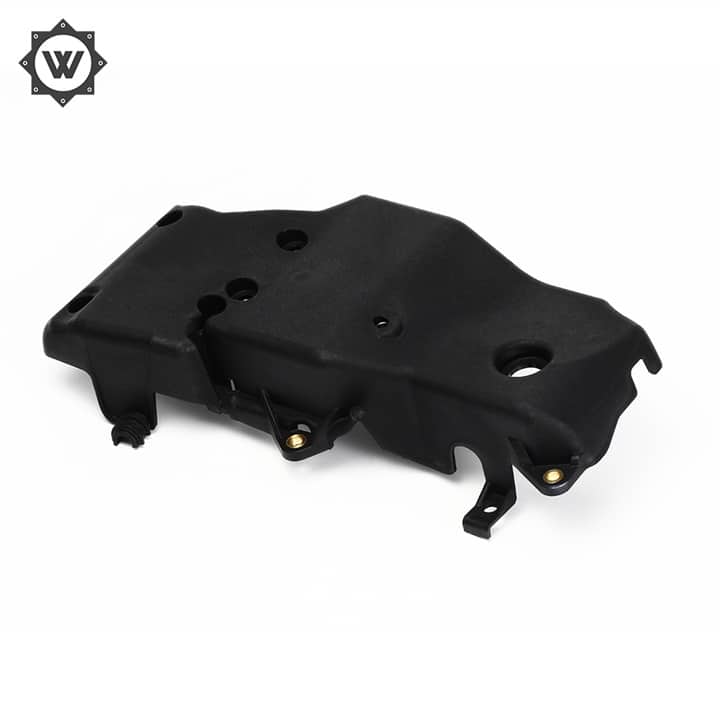
Process characteristics of insert injection molding Injection molding of inserts: insert molding refers to the molding process in which pre prepared…

INSERT MOLDING is a kind of plastic mould, commonly known as insert mould. This kind of mold is different from ordinary…

Advantages of insert molding Some large mold enterprises have pursued not to insert parts at the beginning, but in the end,…
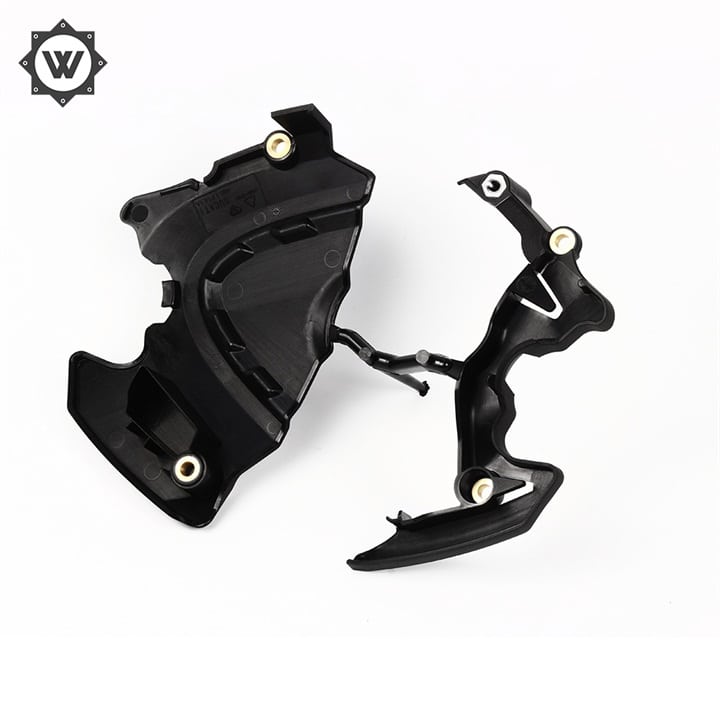
insert molding is a process where the prepared material is loaded into the mold and the resin is injected, and the…
Contact us today for your custom solutions and experience precision, efficiency, and excellence!